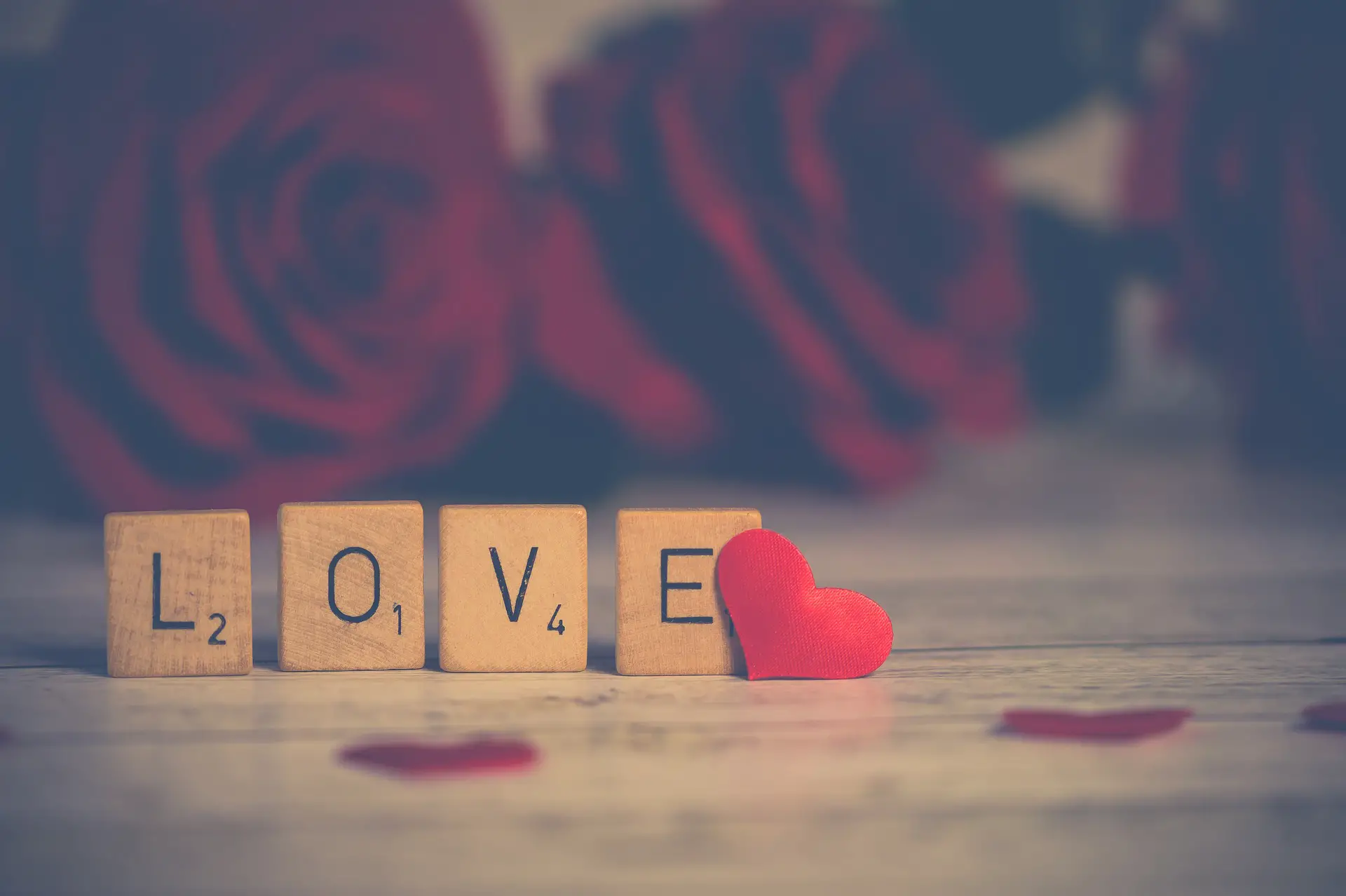
FULL POEM - SCROLL DOWN FOR LINE-BY-LINE ANALYSIS
What I love about love is its diagnosis
What I hate about love is its prognosis
What I hate about love is its me me me
What I love about love is its Eat-me/Drink-me
What I love about love is its petting zoo
What I love about love is its zookeeper – you
What I love about love is its truth serum
What I hate about love is its shrinking potion
What I love about love is its doubloons
What I love about love is its bird-bones
What I hate about love is its boil-wash
What I love about love is its spin-cycle
What I loathe about love is its burnt toast and bonemeal
What I hate about love is its bent cigarette
What I love about love is its pirate
What I hate about love is its sick parrot

LINE-BY-LINE ANALYSIS
COUPLET 1
What I love about love is its diagnosis
What I hate about love is its prognosis
The first two lines are examples of medical language. Hadfield describes that she loves the ‘diagnosis’ of love. A Diagnosis is the identification of a medical condition by examining its symptoms. By loving the ‘diagnosis’ the speaker describes loving the symptoms of being in love – or just the all-round feeling of it. But they hate the ‘prognosis’ or the likely outcome of a medical condition. The speaker suggests an inevitability to the relationship resulting in hurt.
COUPLET 2
What I hate about love is its me me me
The speaker explains that they hate the egotistical nature of love. This could reference hating others flaunting their relationships or feeling uncomfortable about his or her own large part in their own relationships.
What I love about love is its Eat-me/Drink-me
This is a very unusual, striking way to describe what she loves about love. The language of ‘Eat-me’ and ‘Drink-me’ implies a sharing nature to love and could be a metaphor for sharing information and passion with each other. The ‘Drink-me’ relates to thirst – conveying a passionate thirst for each other’s love. This idea of sharing contrasts nicely with the egotistical nature of the previous line.
COUPLET 3
What I love about love is its petting zoo
The ‘petting zoo’ paints a picture of families on a day out being fascinated and attentive towards the animals. This image of affection and excitement is what the speaker loves.
What I love about love is its zookeeper – you
The ‘zookeeper’ ensures everything runs smoothly and that the families are catered and the animals cared for. Hence, the ‘zookeeper’ is a metaphor for the speaker’s lover being caring and having an authoritative nature to their love which serves only to strengthen their connection. This connection is emphasised by the direct address ‘you’ – the first time the speaker has spoken directly to her lover.
COUPLET 4
What I love about love is its truth serum
The speaker describes loving the truthful nature of a relationship.
What I hate about love is its shrinking potion
This line can be slightly ambiguous but becomes simpler when compared to the previous line which concerns the element of truth in relationships. In contrast to the truth, is the ‘shrinking potion’ which the speaker hates. So the ‘potion’ is a metaphor for the truth and this is backed up by its magical properties – like the magic the poet sees in the truth. But the fact it is ‘shrinking’ implies the truth is becoming distorted and transforming into a lie.
COUPLET 5
What I love about love is its doubloons
‘Doubloons’ are ancient Spanish gold coins. This symbolises the love that the speaker has for the richness or the rewarding nature of love. The ‘Spanish’ reference hints at an exotic element that she loves about love.
What I love about love is its bird-bones
This line is another one where its meaning is slightly ambiguous and open to interpretation. So what are the ‘bird-bones’ or love? They suggest a fragility and miniature quality to love, implying the speaker loves the subtle, fragile, and unpredictable nature of love – typical of the start of a relationship.
COUPLET 6
What I hate about love is its boil-wash
‘Boil-wash’ is typically the highest temperature setting on a washing machine. Heat in poetry is often associated with passion, but Hadfield hates this heat, so flips the metaphor of heat on its heat to have destructive consequences.
What I love about love is its spin-cycle
The ‘spin-cycle’ is the process of removing water from the clothing in a washing machine. She loves the kind of healing nature of love that gets the ‘clothes’ or the person closer to their full strength.
COUPLET 7
What I loathe about love is its burnt toast and bonemeal
What I hate about love is its bent cigarette
The images of reality, here, allow Hadfield to describe love – a widespread yet almost indescribable phenomenon in a lighthearted, relatable tone.
COUPLET 8
What I love about love is its pirate
What I hate about love is its sick parrot
The final couplet is a half-rhyming one with ‘pirate’ and ‘parrot’. The fact it doesn’t quite rhyme suggests an incompleteness, perhaps unsatisfactory in nature, to love. The ‘pirate’ image is associated with villainous, illegal behaviour but also an air of mysterious, perhaps forbidden romance.


